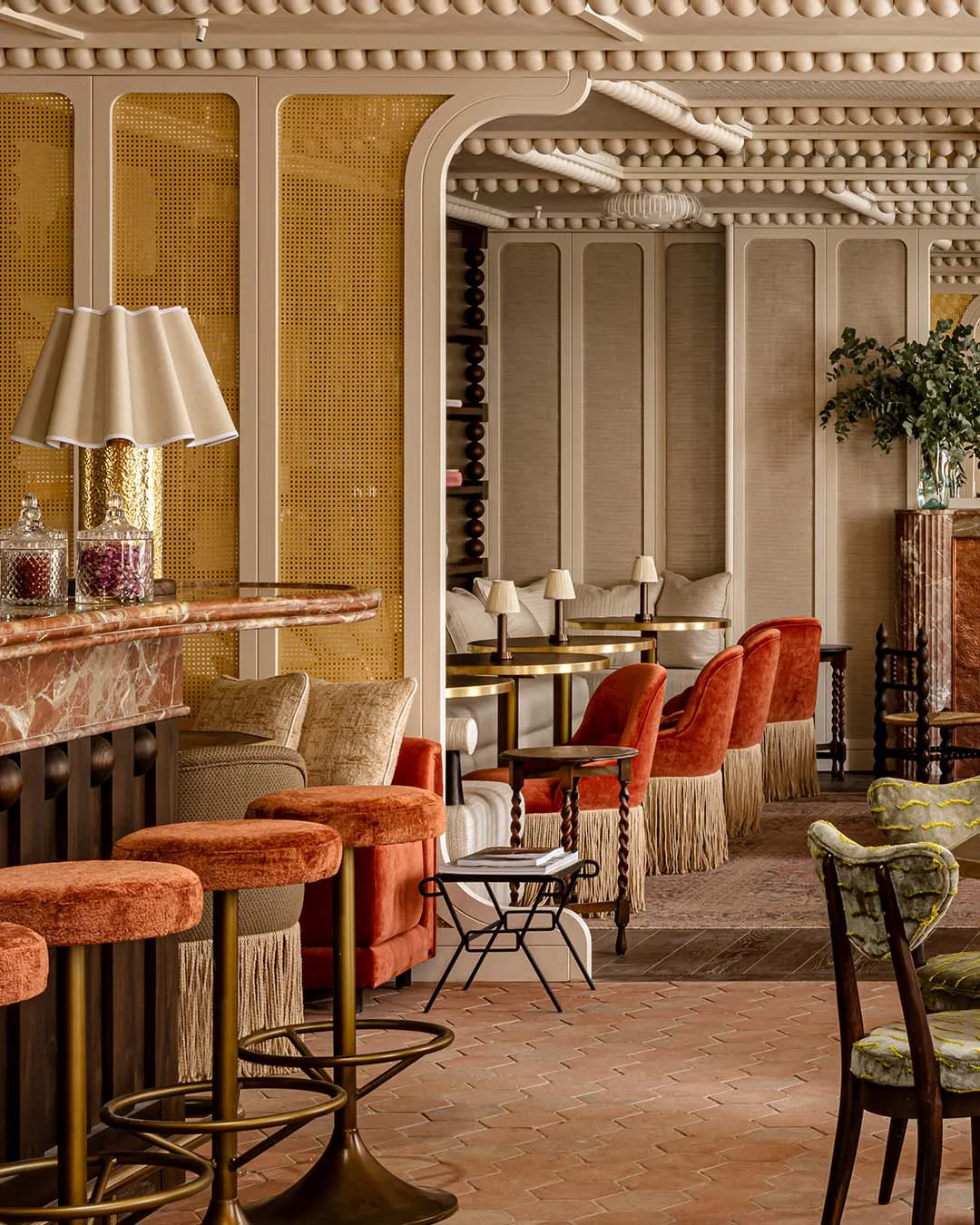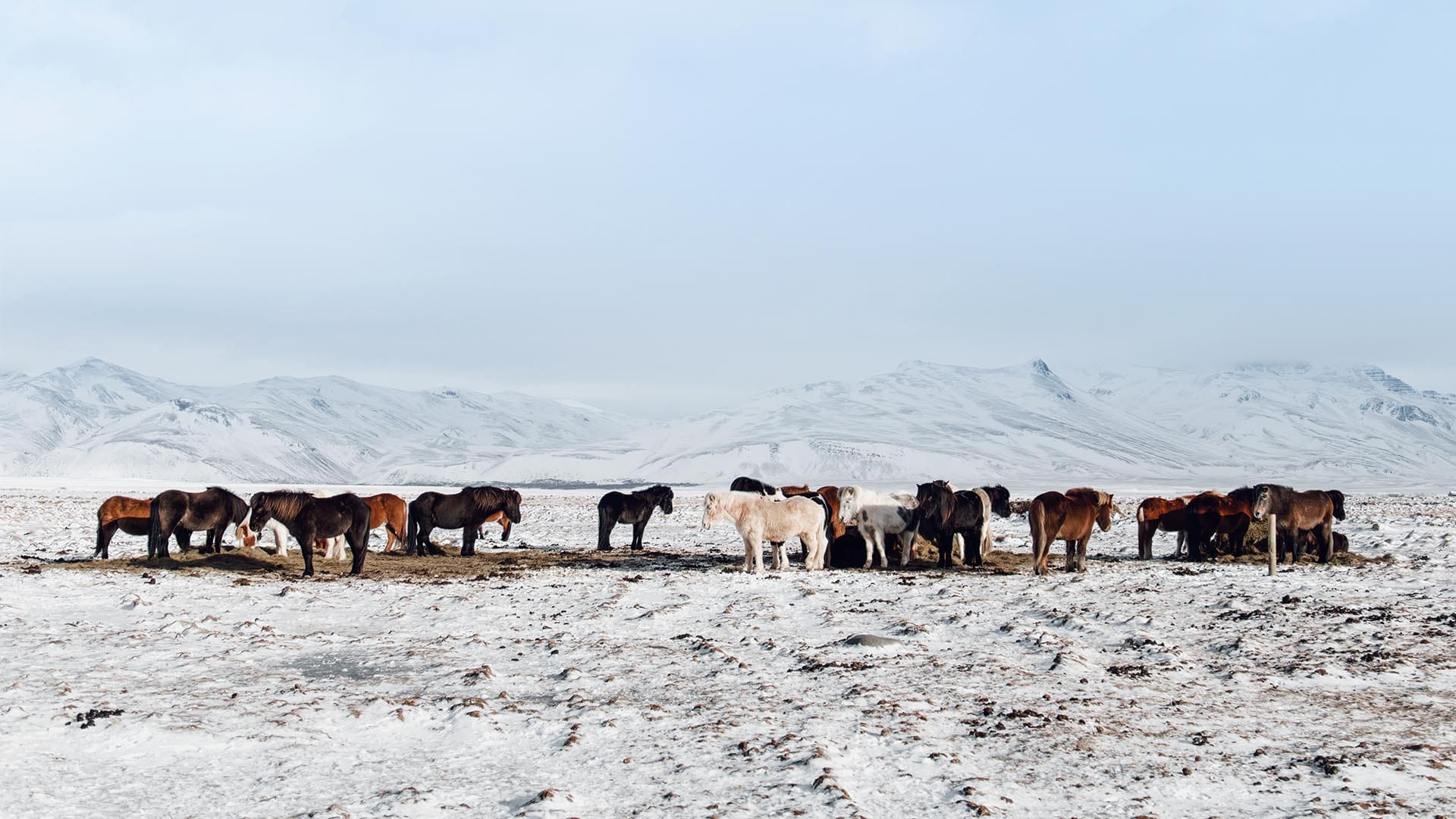
Explore Iceland like a Viking with the island’s ancient horse
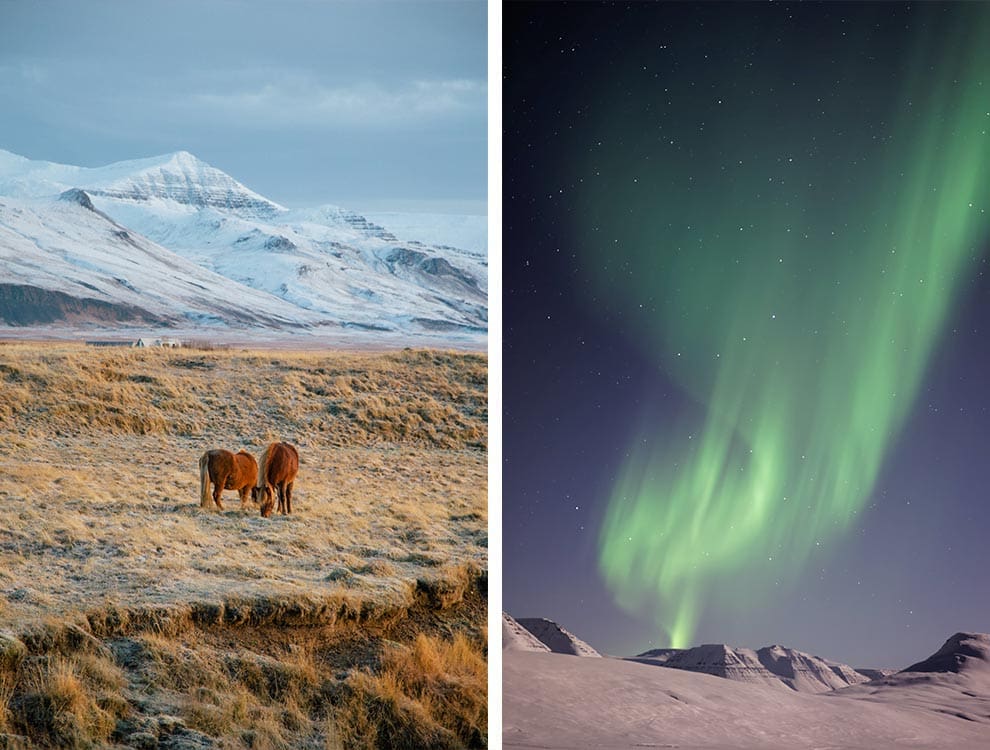
The land of fire and ice has long attracted back-to-nature travellers to its volcanic shores, for its dramatic landscape of ethereal blue lagoons, lunar-like glaciers, enchanting waterfalls, frozen fjords and bubbling lava fields. And dotted across this other-worldly terrain is the Icelandic horse, a pure-bred descendant of its Viking ancestors and national symbol of the Nordic island’s freedom and natural beauty. If you choose to spend your time here in the saddle, you’ll not only be kinder to the environment by using a more eco-friendly horse power, but you’ll also experience the wilderness as the Vikings once did – untamed, and relatively unchanged thanks to the destination’s ‘slow travel’ approach to tourism.
Leading the environmental charge in southern Iceland, Considerate Collection property Hotel Rangá has thought of everything when it comes to adventure sustainability, from naturally heated hot spring water to providing guests with 100% recyclable lunchboxes to take out on their excursions – which includes horseriding and visits to Icelandic Horseworld, a family-run horse breeding farm just 20 minutes’ from this one-of-a-kind log cabin with the Golden Circle and Glacier Lagoon on its snow-dusted doorstep. Originally intended as a rural resort for horse lovers, Hotel Rangá was founded on the banks of the Rangá River, from which it takes its name, by Sigurbjörn Bárðason – one of Iceland’s best known horsemen. Canter through fjords and over windswept black beaches, before warming up in the hotel’s outdoor geothermal hot tubs for an evening session of stargazing in the observatory – if you’re lucky, you might even see the Northern Lights.
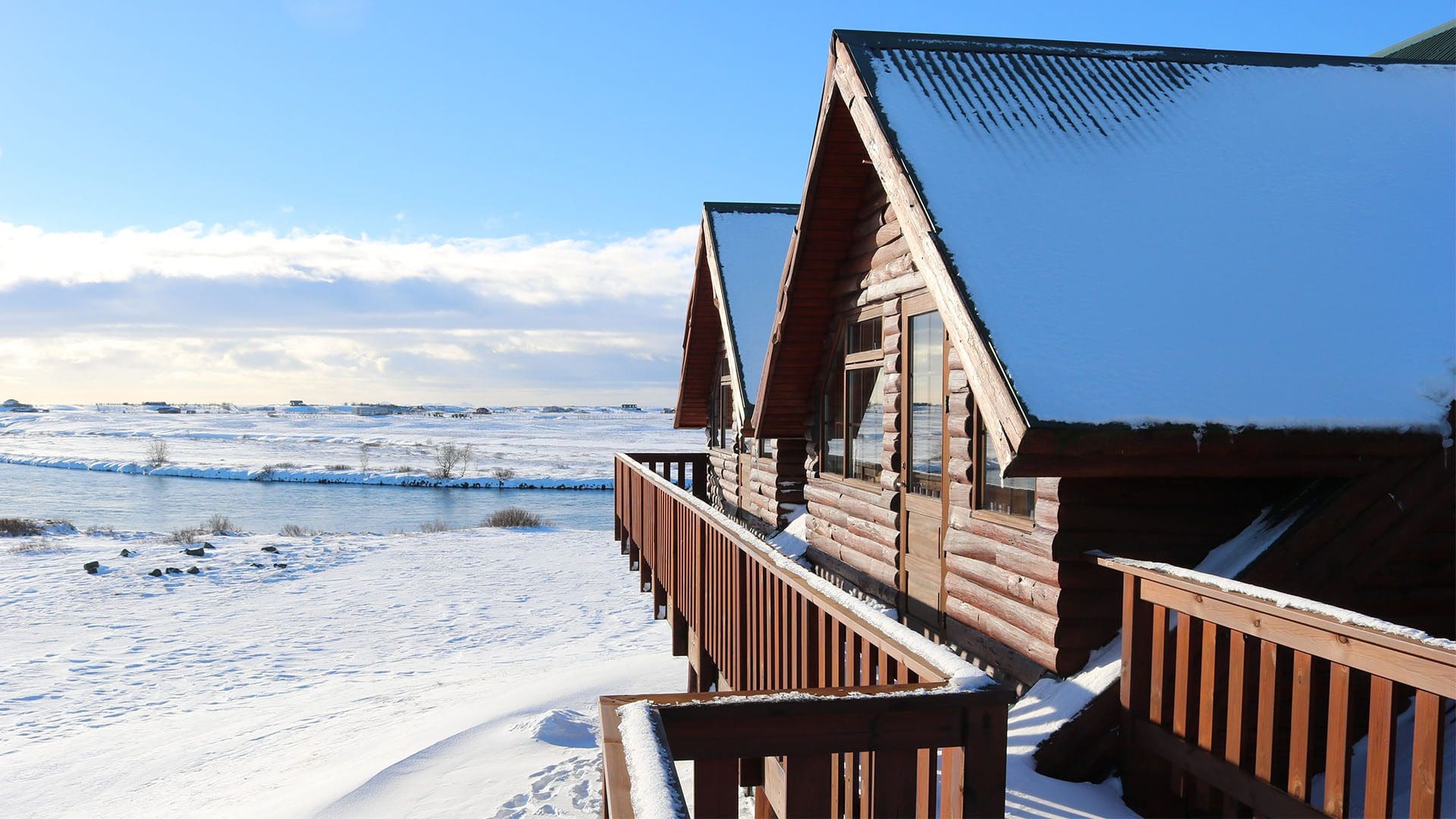
Look out for the Considerate sage leaf on slh.com. This indicates that a hotel is part of the Considerate Collection and embodies each of the three community, culture, and environment pillars.
Whether you’re an experienced equestrian or a beginner looking to break in your first pair of boots, Icelandic Horseworld has something for everyone at its 350 hectare farm, Skeiðvellir. Taking the reins from her parents Siggi and Lisbeth, Katrín Ólína Sigurðardóttir (pictured below) now oversees the breeding, training, and riding of the farm’s 100 Icelandic horses. Katrín also runs a variety of individual and group tours for every age and level, including ‘Mountains & Meadows’, ‘Under the Volcano’, and ‘Into Nature’ for a truly off-the-beaten-track experience – followed by a hot drink in the cosy stable café. For the less equestrian-enthused, the family also welcomes stable visits for those looking to learn about the Icelandic horse and the history of the farm. Here, Katrín shares some of her stories and secrets from the saddle…
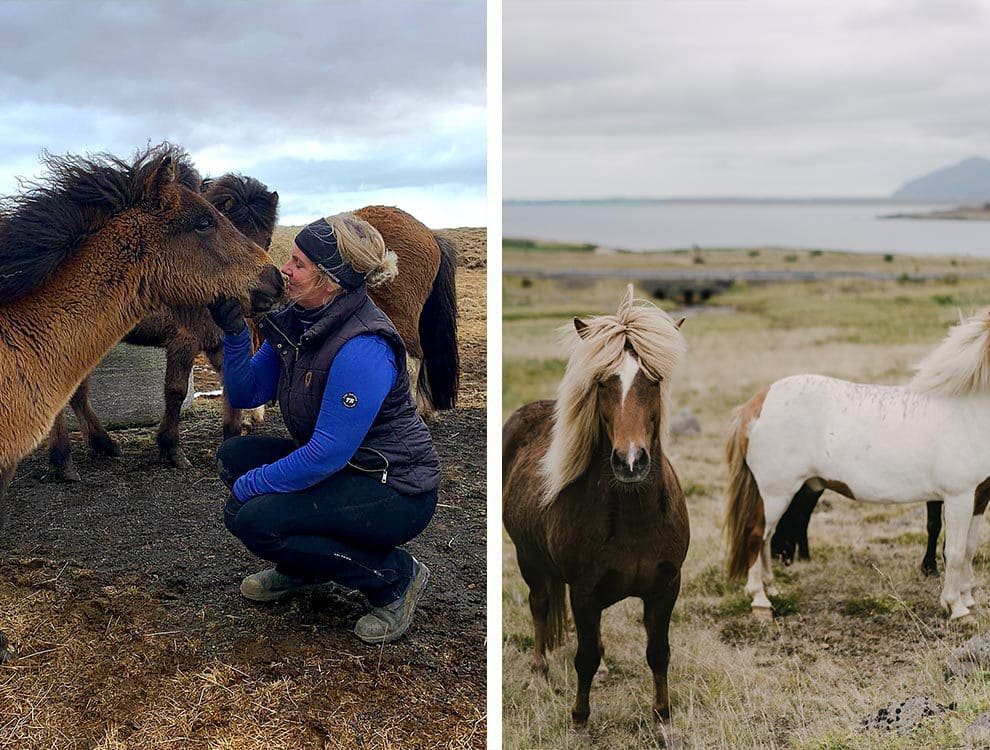
Tell us about the history of the Icelandic horse, and what makes them special?
The Icelandic horse was brought to Iceland by the Vikings, when the island was settled back in the 9th century. They lived with the Vikings, the old Icelanders, as a most indispensable friend, helper and companion. They were the means of transportation for many, many years and the greatest help to keep the livestock of Iceland – sheep. They have been isolated in Iceland for almost 1,000 years now, which makes them a very old and pure breed. They are special and famous for their extremely gentle character and social attitude towards both other horses and people. Besides their character and colourful look, the Icelandic horses have one to two extra gaits.
Can you walk us through the famous five gaits of the Icelandic horse?
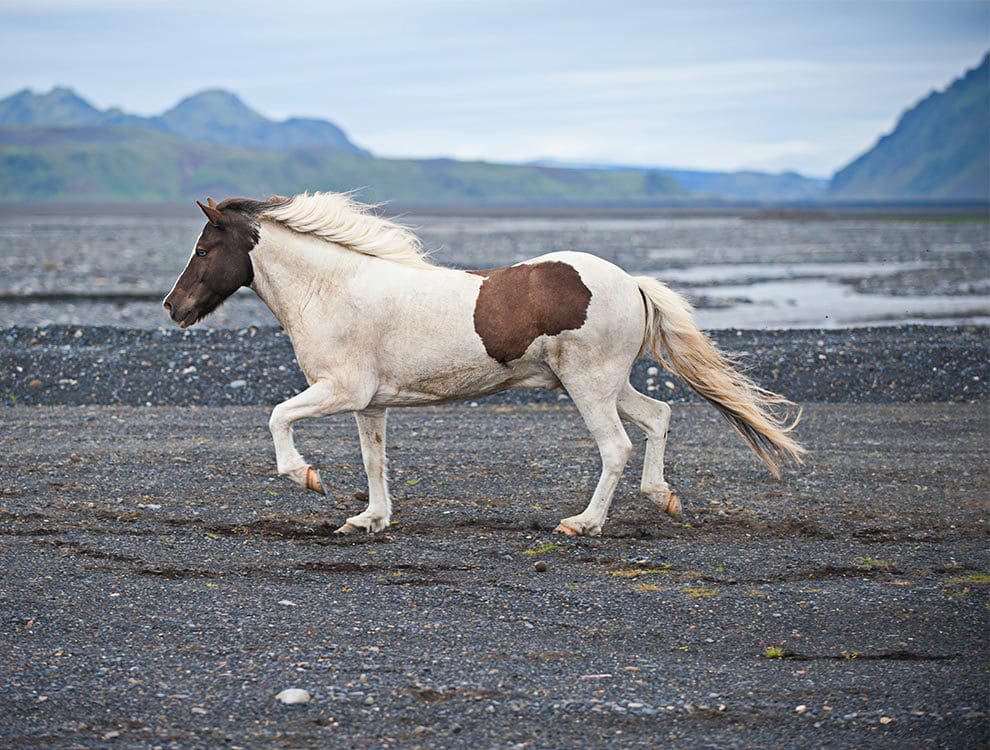
The Icelandic horse has the three basic gaits of all horses – walk, trot and canter or gallop. In addition, they have the famous tölt – a four beat gait in approximately the same speed as trot. Due to the rhythm, the horse has a very steady back in the gait, which makes it very smooth to ride. The gait is natural for the horse, and they can do it for hours, which made them so perfect for transportation. Some of the Icelandic horses also have a fifth gait – the flying pace. This is a two beat racing gait, with a unique look.
What is your favourite riding tour and why?
There are so many beautiful paths here in Iceland, which makes it difficult to choose a favourite. I love to ride the tour that we offer here at Skeiðvellir, called “Into Nature”. It takes about five to six hours and you go through all types of landscapes, from lava fields to grassy meadows to rivers and you can completely immerse yourself in the natural beauty of Iceland.
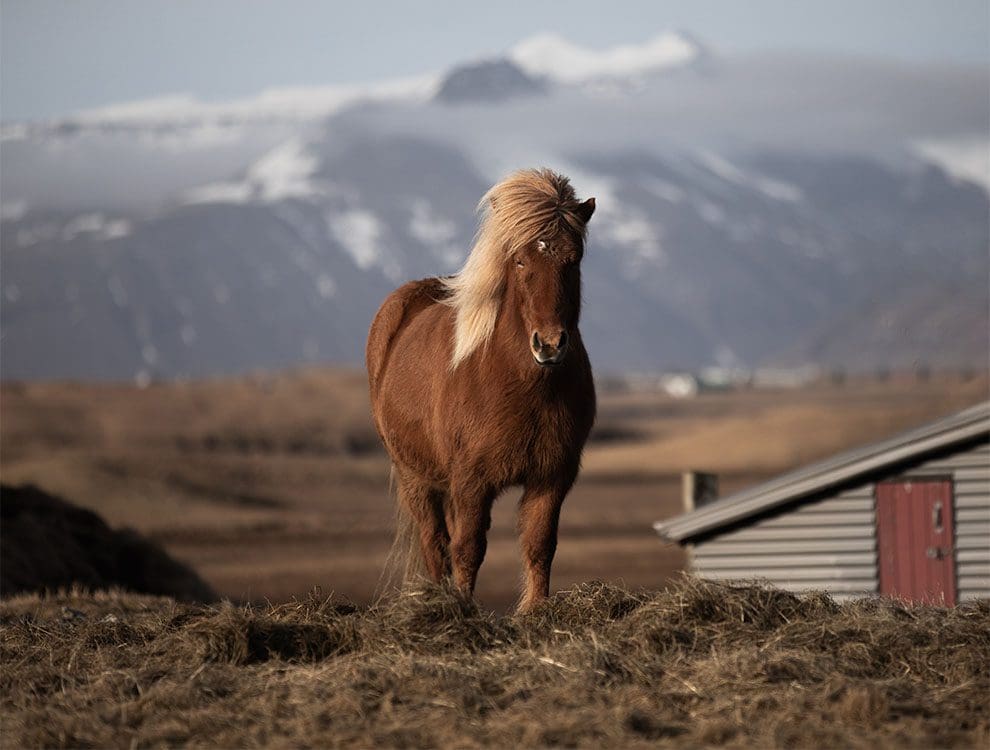
Where are the best places to see wild Icelandic horses?
Wild Icelandic horses do not really exist in Iceland, as all horses here are chipped and owned by someone. Nevertheless, the people in the north sometimes put their horses loose into the highlands over the summer, where they roam around almost wild for a couple of months. They are then herded up again in the autumn by their owners.
Can you share a story from Icelandic folklore featuring horses?
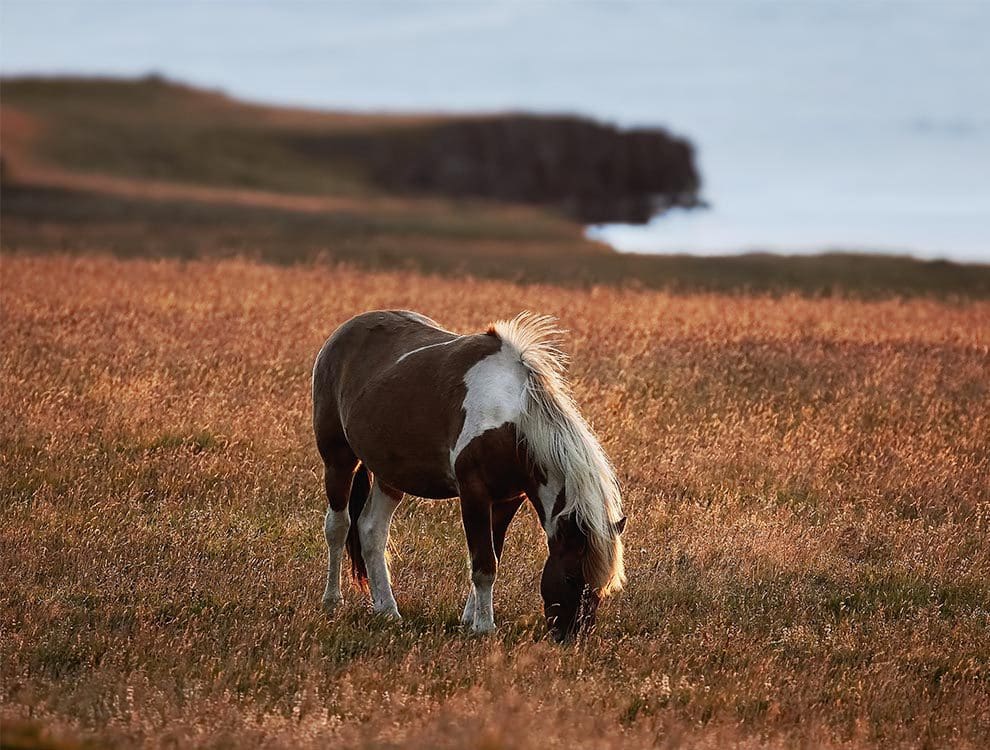
Horses are woven into the fabric of Icelandic folklore, though some are more well known than others. The most famous is the horse of Odin, the king of Asgaard in the old Nordic mythology which was believed by the Vikings. The horse was called Sleipnir and had eight legs. According to legend, the tale of Sleipnir goes like this… The horse who fathered Sleipnir, named Svaðilfari, is said to have helped a villainous giant build the wall of Asgaard on a wager against the gods. In fear of losing the bet, the shape-shifting trickster god Loki took the form of a mare and enticed Svaðilfari away from his master, making it impossible for the wall to be finished before the set time. The romantic encounter that followed resulted in Loki getting pregnant and soon after, the great god of mischief gave birth to Sleipnir himself. Many believe this tale to encapsulate how essential the horse was to the human workforce, and how helpless the people would have been without it.
Share this article
Latest stories
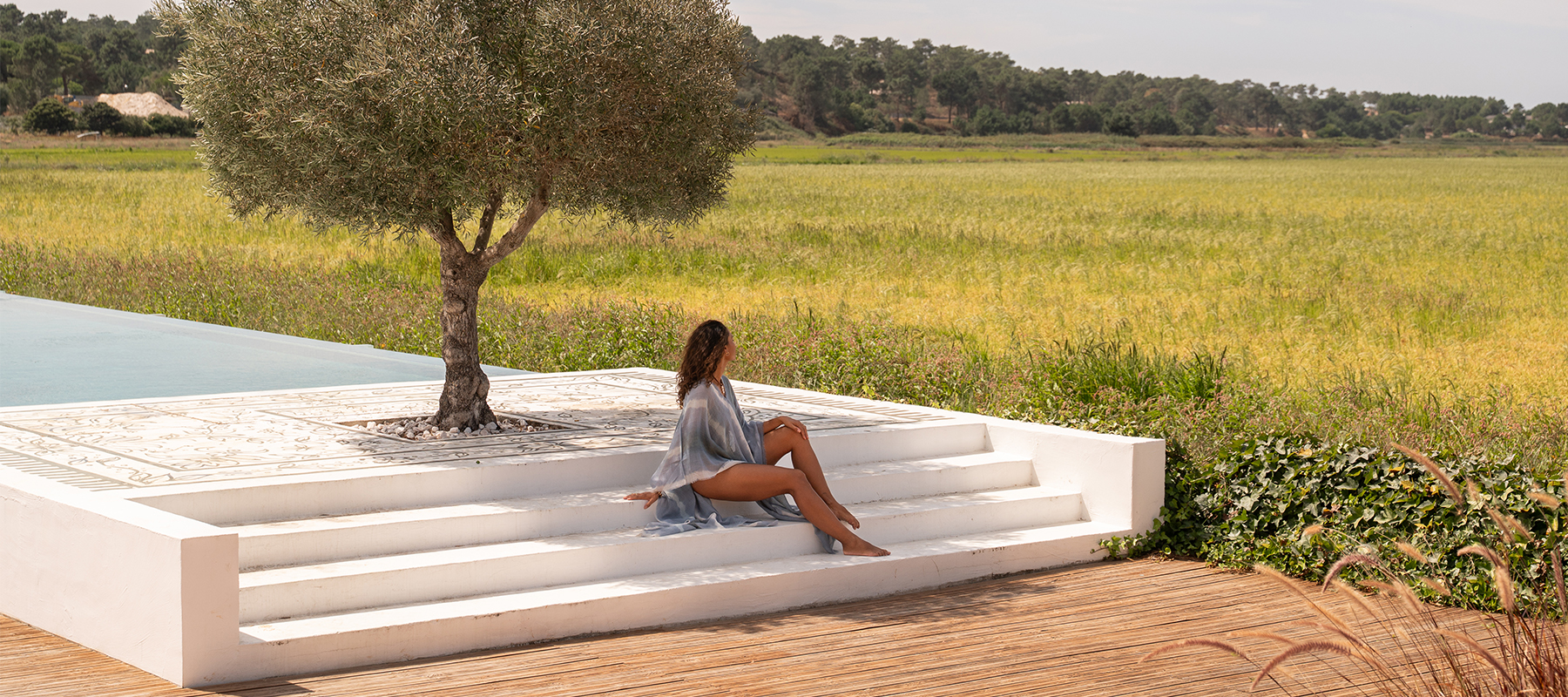
Wildly restorative: 5 nature-immersed wellbeing retreats
When life feels overstimulated and ungrounded, nature has a way of calling us back to ourselves. From jungle canopies and thermal rivers to rice paddies and seaweed-wrapped coastlines, these wellbeing retreats invite a slower, more intuitive kind of restoration — one shaped by landscape, culture and ancient ritual. Part of
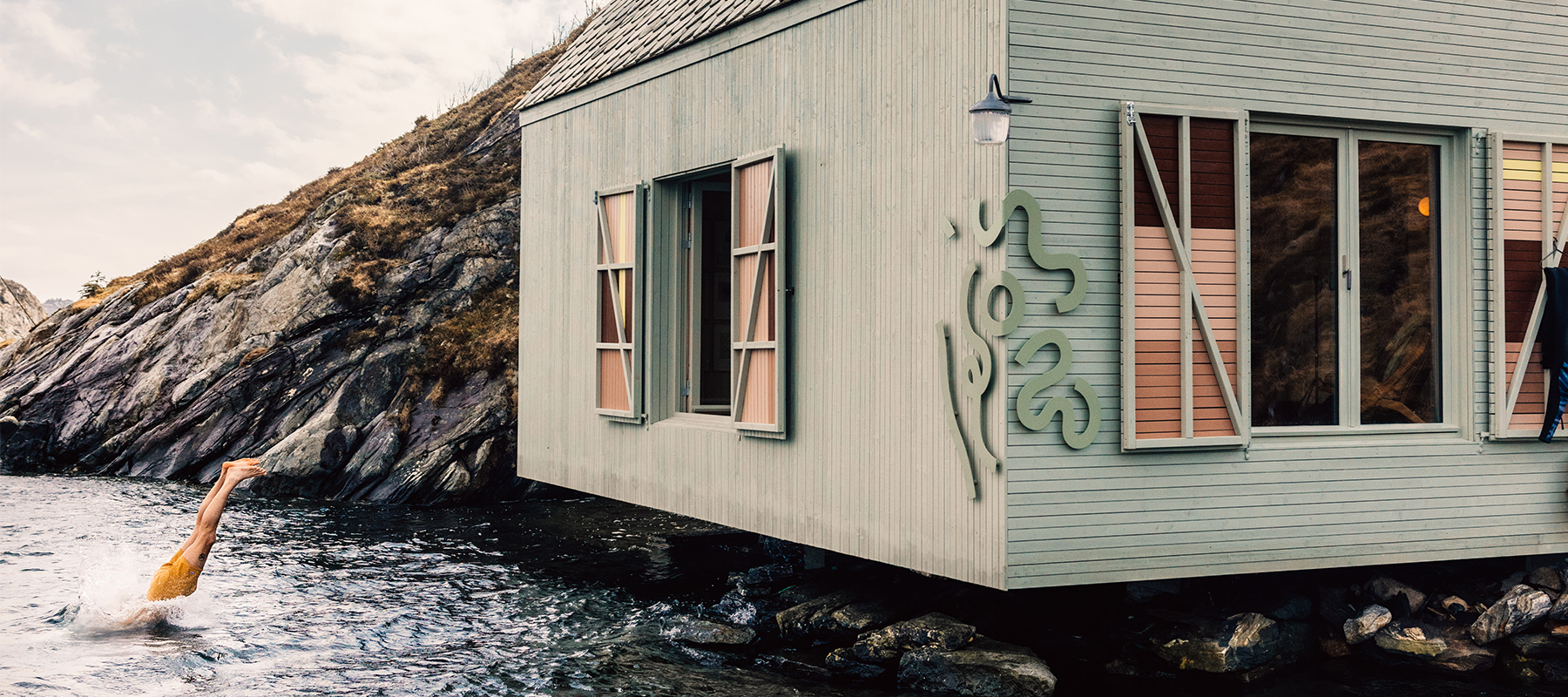
From Nordic cabins to cave suites: top boutique hotels for January
January has a way of sharpening the senses — a moment to pause, take stock and choose travels that feel intentional. Some escapes offer deep calm in dramatic landscapes, from Norway’s island edges to Sri Lanka’s mist-wrapped highlands. Others inspire with vineyard views in South Africa’s wine region, stone-carved suites
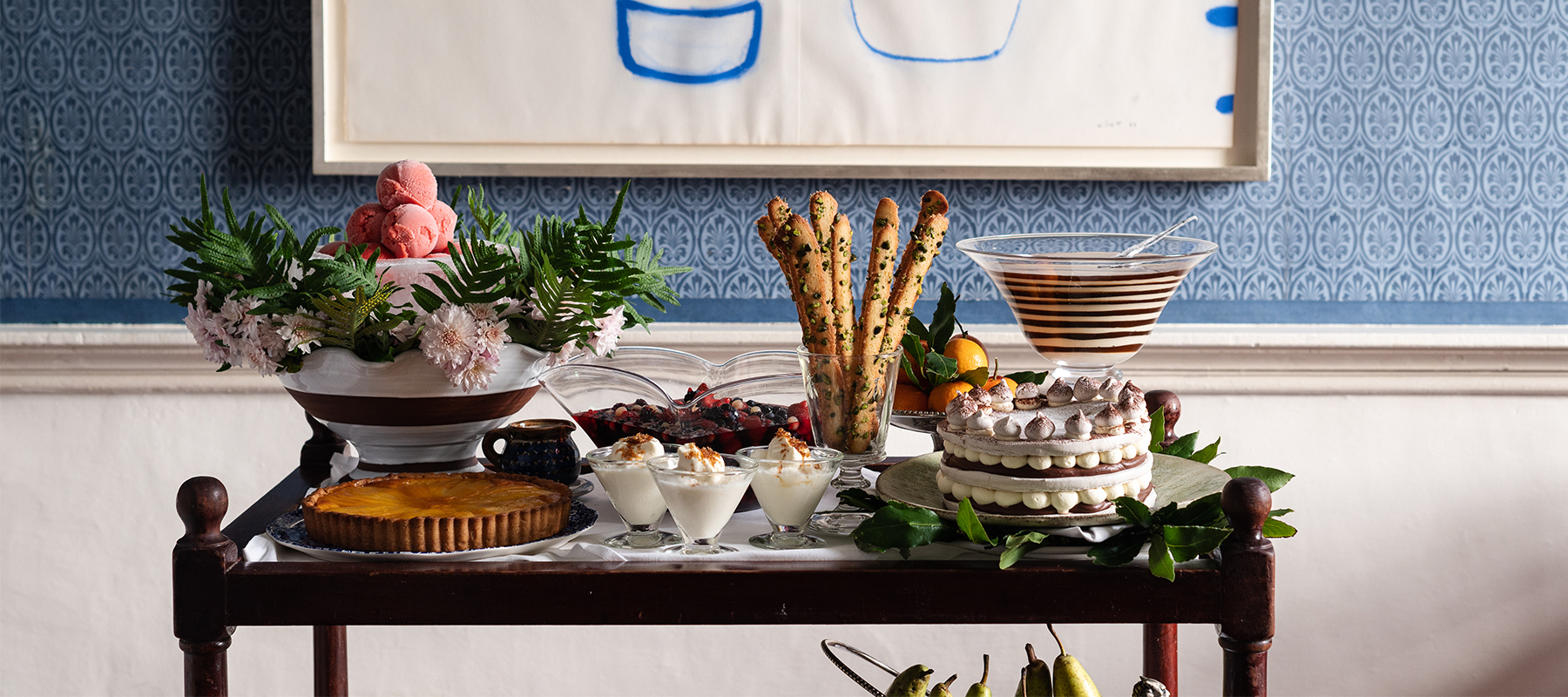
A foodie guide to Ireland: from coastal catches to country kitchens
With Guinness as rich as its landscapes are green — and whiskey never far from reach — Ireland’s charms can be drunk in and eaten up from the moment you arrive. And while its culinary reputation has soared in recent years, nothing quite compares to tasting your way around the
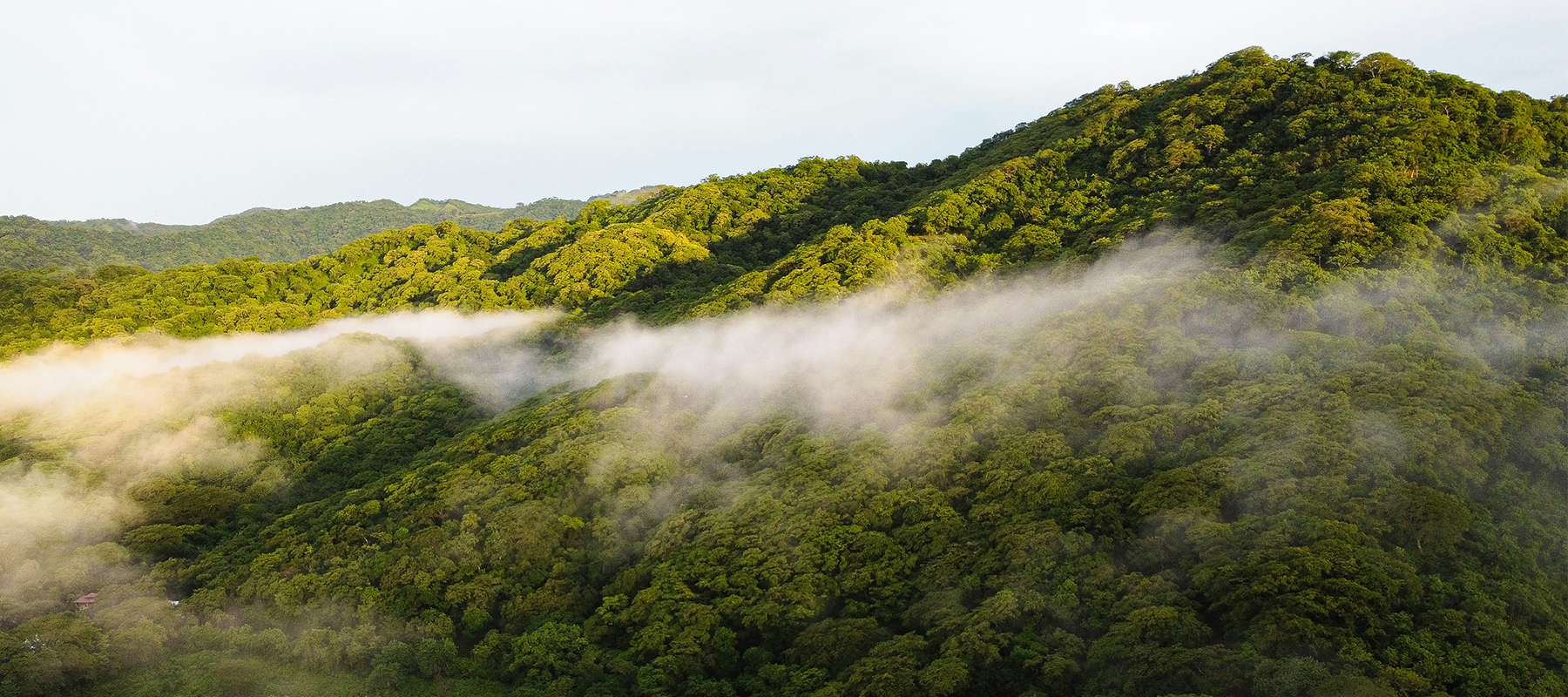
The natural highs of hiking solo in Costa Rica’s cloud forest
Out of nowhere, a stark yet melodic chirp punctuates the dense moss-heavy virgin forest, halting me in my tracks with its hypnotic, unadulterated beauty. I later discover it was likely the song of a black-faced solitaire, a bird that’s rare to see, yet glorious to the ears. And just one

